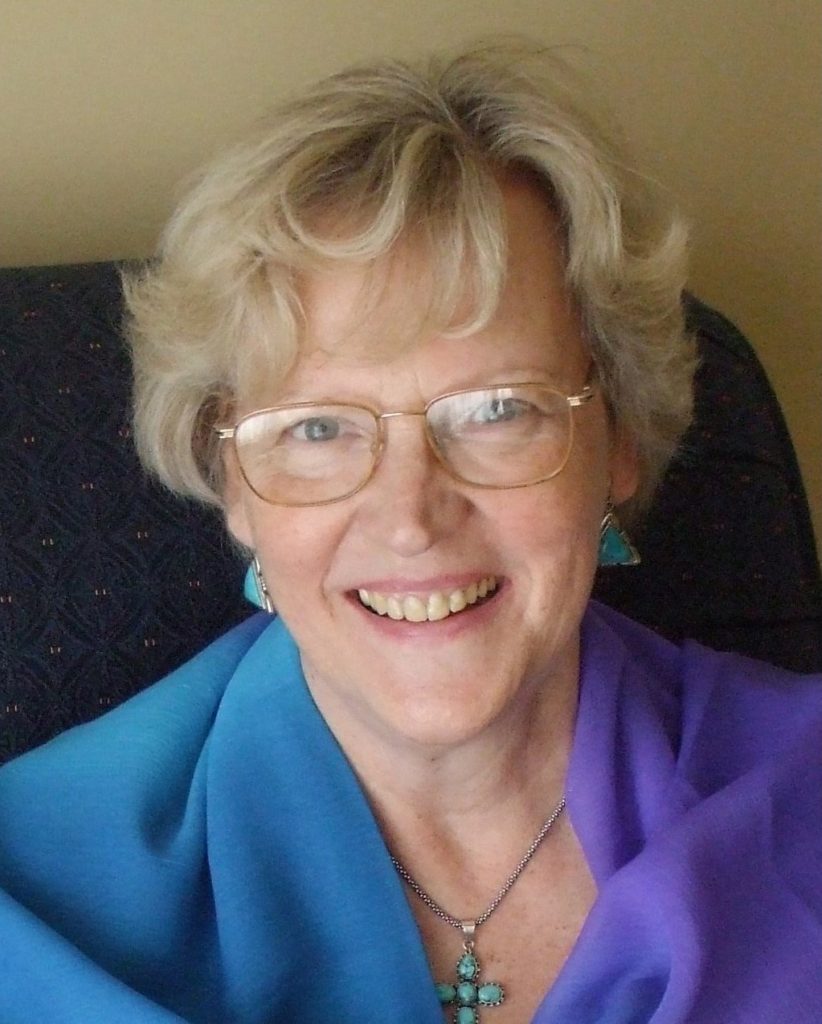John Main, as well as the early Christians, emphasized deep, silent prayer as the way to enter into our own centre, where we contact the living Christ and through him we will ‘know’ God. We hear Clement of Alexandria say: “[We] pray… when in the very ‘chamber’ of our soul we harbour just one thought and ‘with sighs too deep for words’ invoke the Father, who is already present while we are still speaking.” Clement and after him Origen were Head of the Catechetical School in Alexandria that taught all aspiring Christians, hence their influence was enormous. All their teaching is based on Scripture. We noticed above the emphasis on ‘one thought’ and on interiority, very much part of the message of Scripture: “But when you pray, go into your room, shut the door, and pray to your Father, who is there in the secret place; and your Father who sees what is secret will reward you.” (Matt 6, 6)
The interiority required on the spiritual path is also brought out by Plotinus (205 -270), who re-interpreted Plato’s teaching and was hugely influential, not only on Clement and Origen, but on the whole subsequent Christian mystical tradition: “We must not look, but must, as it were, close our eyes and exchange our faculty of vision for another. We must awaken this faculty which everyone possesses, but few people use……Withdraw into yourself and look.” We often forget that Christianity did not start in isolation, but that the early Christians attempted to understand the meaning of Christ through their existing mind-set shaped by the knowledge and culture of their time: “Christianity is a historical phenomenon with its own roots in Jewish and Greek religions and these roots can be followed even deeper into the very earliest religious consciousness of humanity. All religions may not be one, as William Blake claimed, but they are certainly deeply connected and interrelated.” (Laurence Freeman) Not only our body but also our spiritual awareness evolves over time.
Later we hear John Cassian (365-433), who put the teaching of the Desert into writing, explain Matt 6, 6 in similar words to Plotinus: “We pray in our room when we withdraw our hearts completely from the clatter of every thought and concern and disclose our prayers to the Lord in secret, as it were intimately. We pray with the door shut when, with closed lips and in total silence, we pray to the searcher not of voices but of hearts.” As you know, Cassian was John Main’s original inspiration.
The intention to be in the presence of God and attention on our prayer leads to awareness, conscious awareness of our true self. A preoccupation with the material world has clouded our perception: we are what we are aware of. To be able to ‘know’ God presupposes a deep connection between humanity and the Divine. We can only truly ‘know’ something, when we have something in common. The beauty is that this commonality does not depend on belief, it can be experienced. Through meditation we become aware of our Divine connection and hence our essential goodness, which changes our whole perception of ourselves and others, and thus our life. That is why John Main saw meditation as “a process of liberation, we must set these truths free in our lives.”







